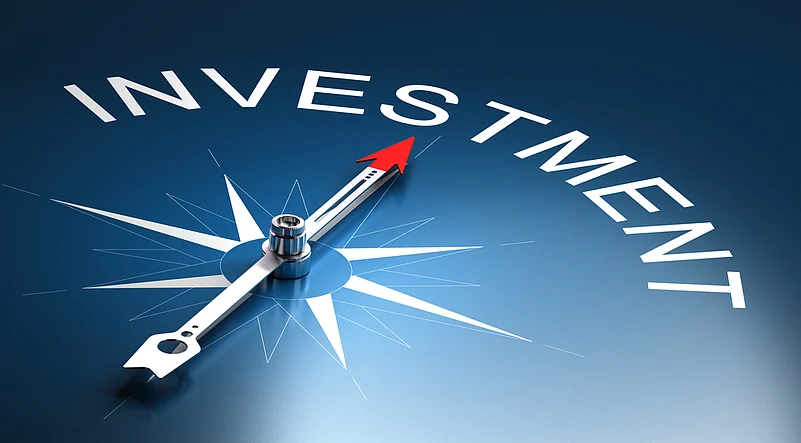Over time, an increasing number of people in India have started realising the potential of equity investments. Mutual funds are a convenient way for retail investors to invest in stocks. A lot of equity funds are available in the market with different investment objectives and fees related to the management of fund. The return expectations and fees for a particular fund depend upon the investment style of the fund. Normally, equity funds adopt one of the following investment approaches.
- Active investment style
- Passive investment style
The returns generated by a fund and the fees you pay to the fund manager are strongly influenced by the investment strategy.
Advertisement
Active Investment Style
An investment strategy that is focused on generating returns over and above benchmark returns, over a period of time.
Passive Investment Style
The main objective of a passive investment strategy is to mimic the benchmark portfolio and generate returns similar to the benchmark.
The following table summarises the features of each type of investment strategy
Features |
Active Investment Style
Passive Investment Style
Fees (The expense ratio)
It has higher investment management cost compared to passively managed funds as these funds try to beat the market by generating alpha. This usually requires research to construct the portfolio.
They are very low-cost funds as no extra research work is needed for replicating the benchmark portfolio.
Advertisement
Diversification
Can be little or highly diversified – at the discretion of the fund manager and the scheme mandate.
Highly diversified in line with benchmark portfolio.
Risk vs Return
There is always inherent risk in stock selection. However, the ability to choose compelling stocks can portend the possibility of high returns.
Very low risk as it is highly diversified but will provide returns in line with overall market returns.
Portfolio Churning
Portfolio churning is high with changing macroeconomic conditions and company-specific events.
Very low churning rate as companies in benchmark are assumed to stay for a longer period of time.
Features provided in the above table may help you to understand pros and cons of each investment style. Actively managed funds attempt to generate positive alpha in order to beat the market which increases the cost of management whereas, passively managed funds generate returns similar to the benchmark, albeit with lower costs.















 Just one email a week
Just one email a week